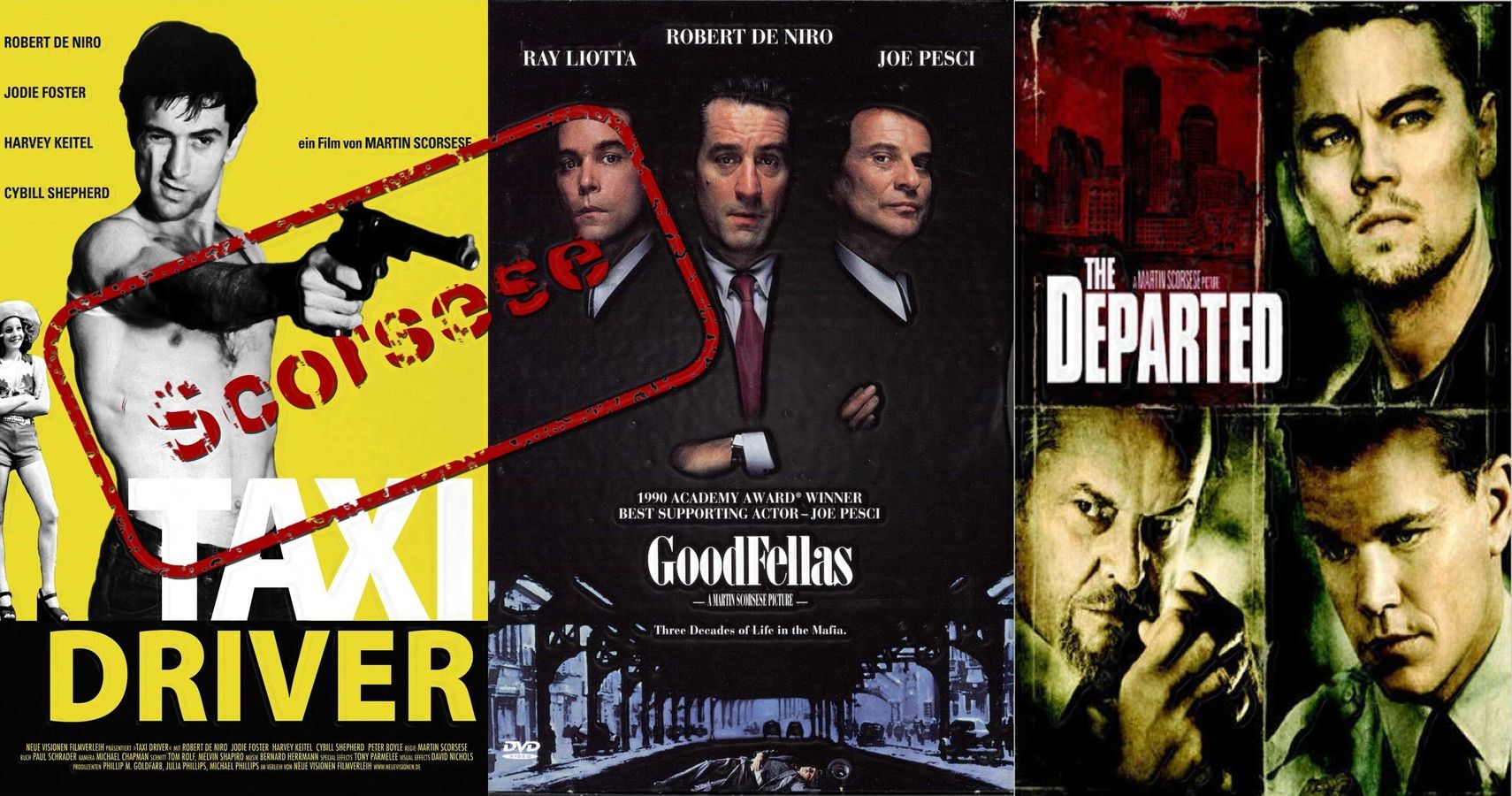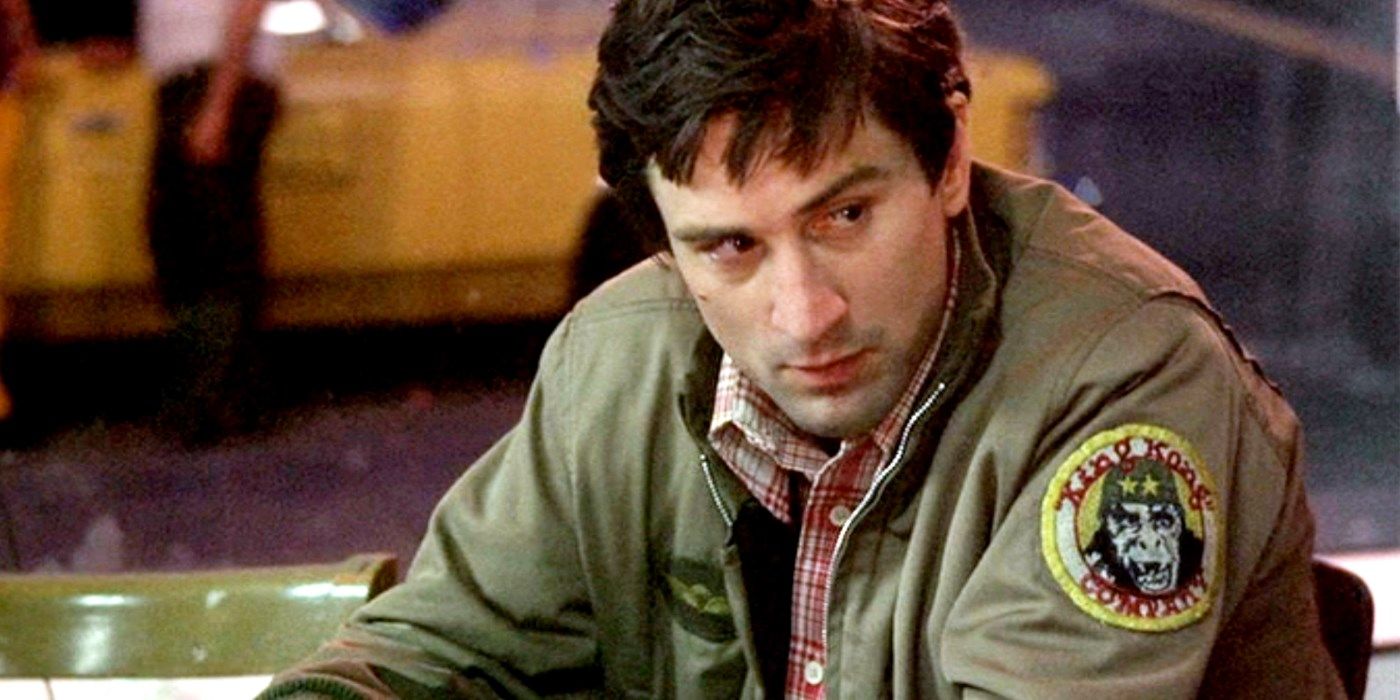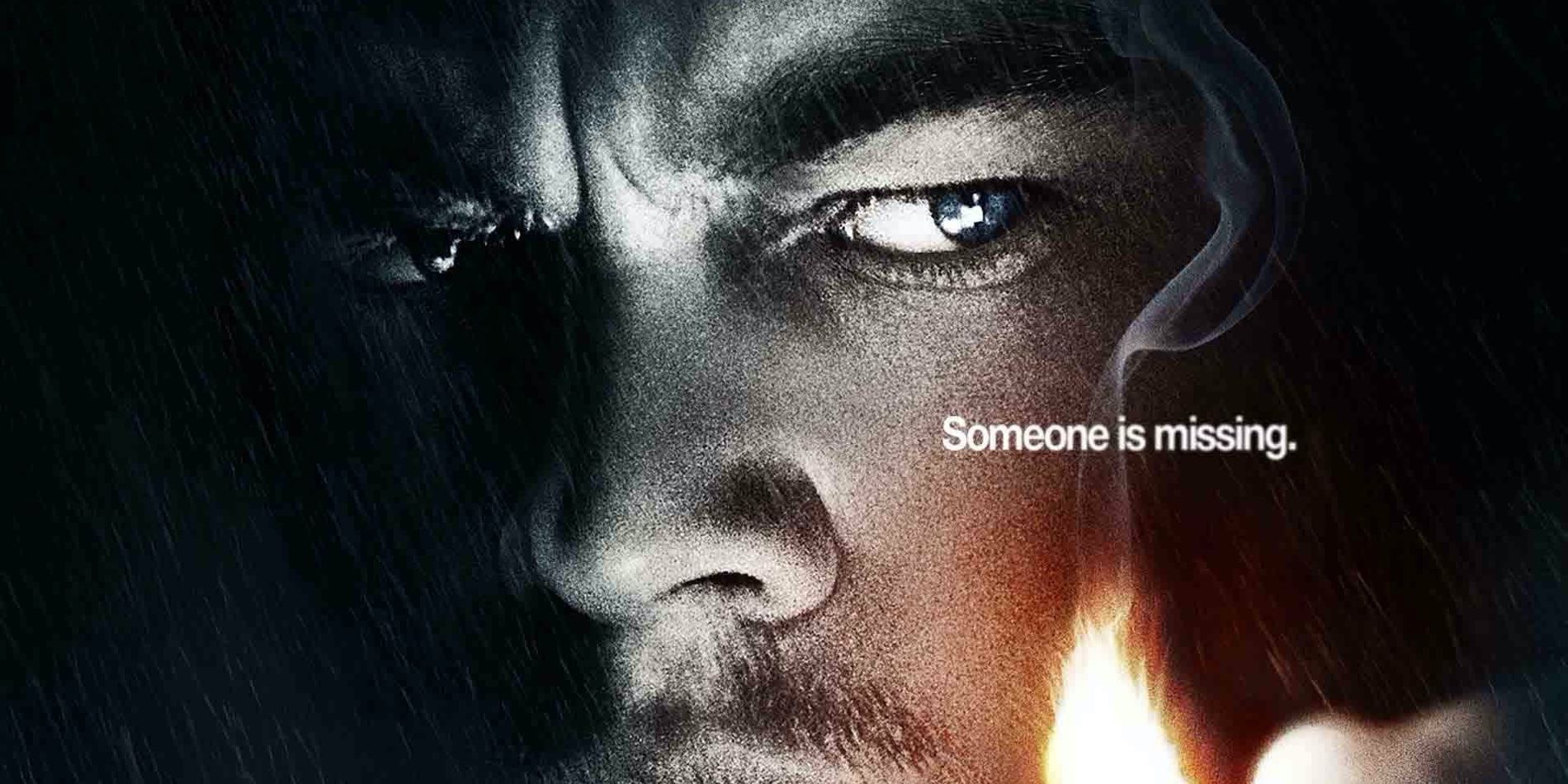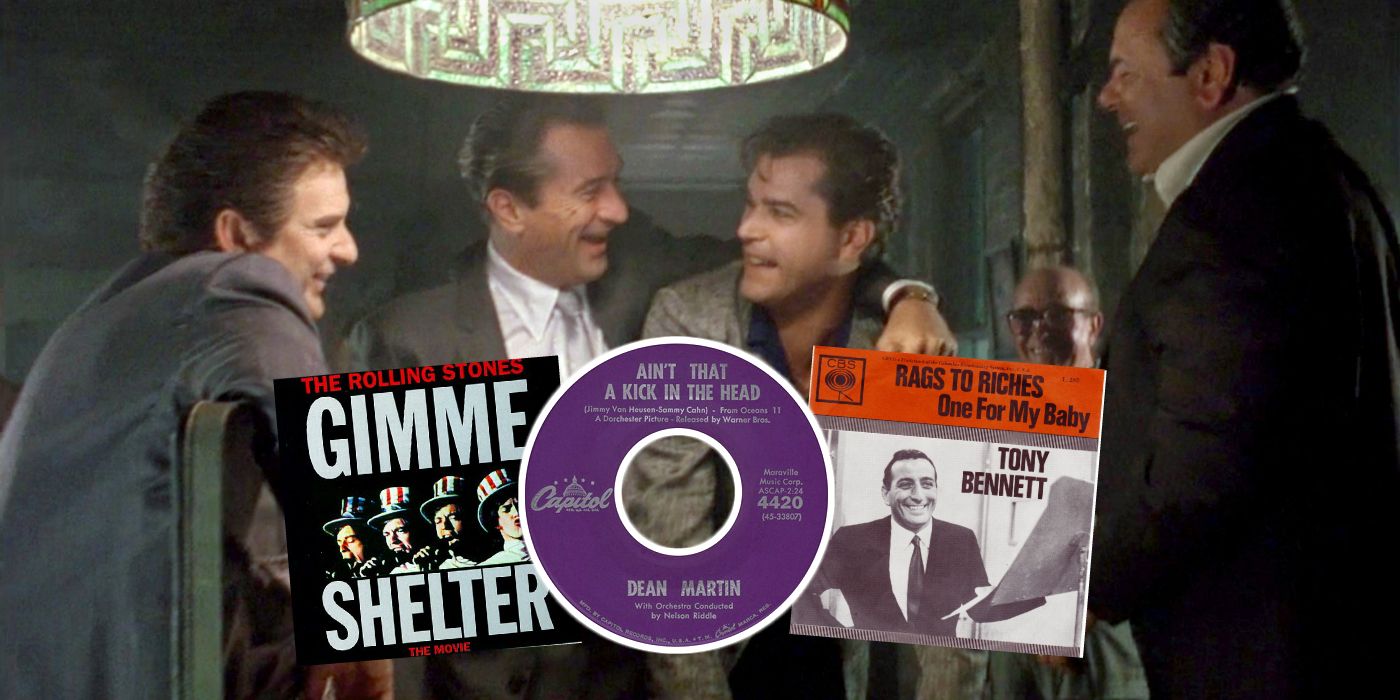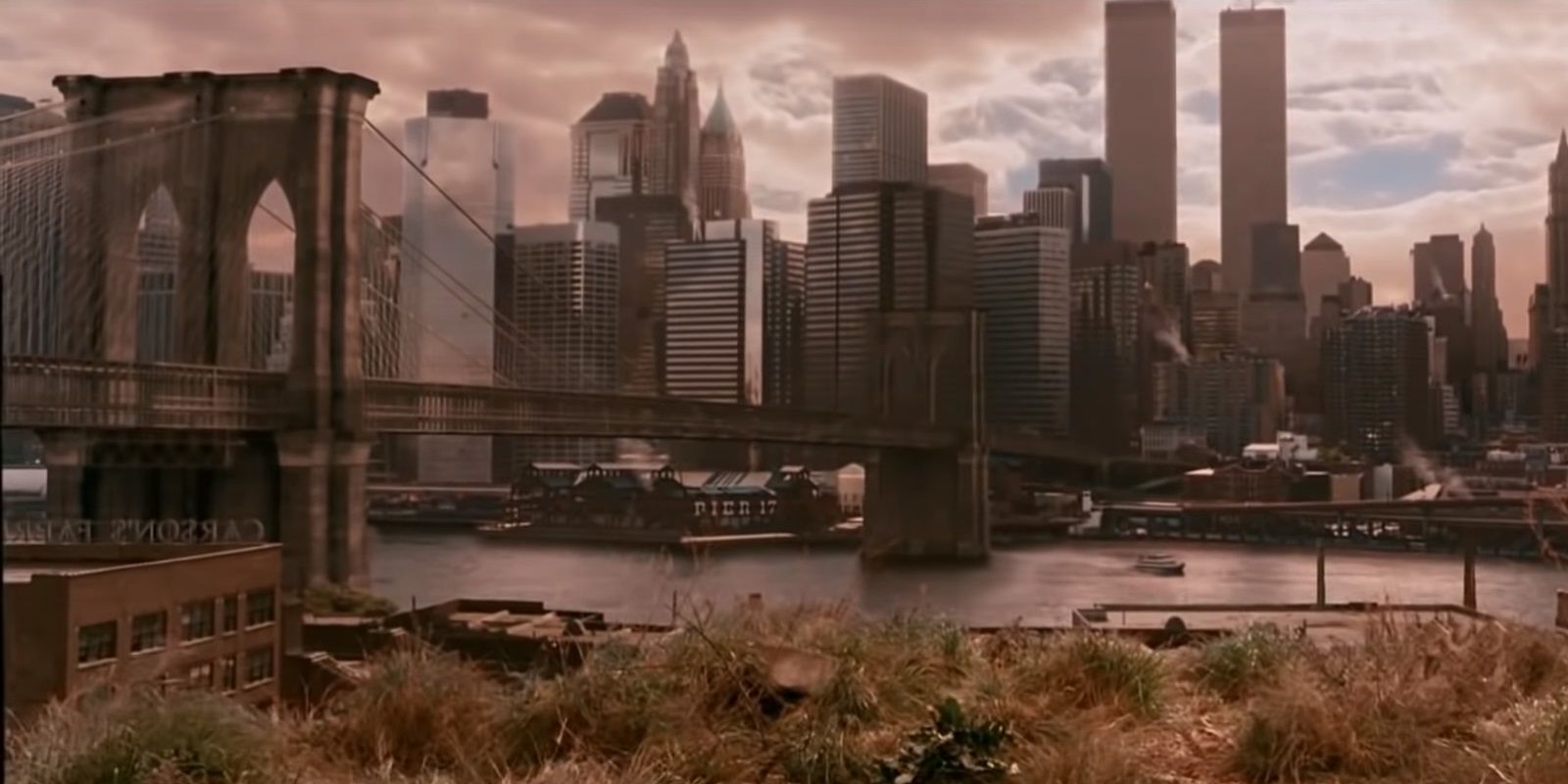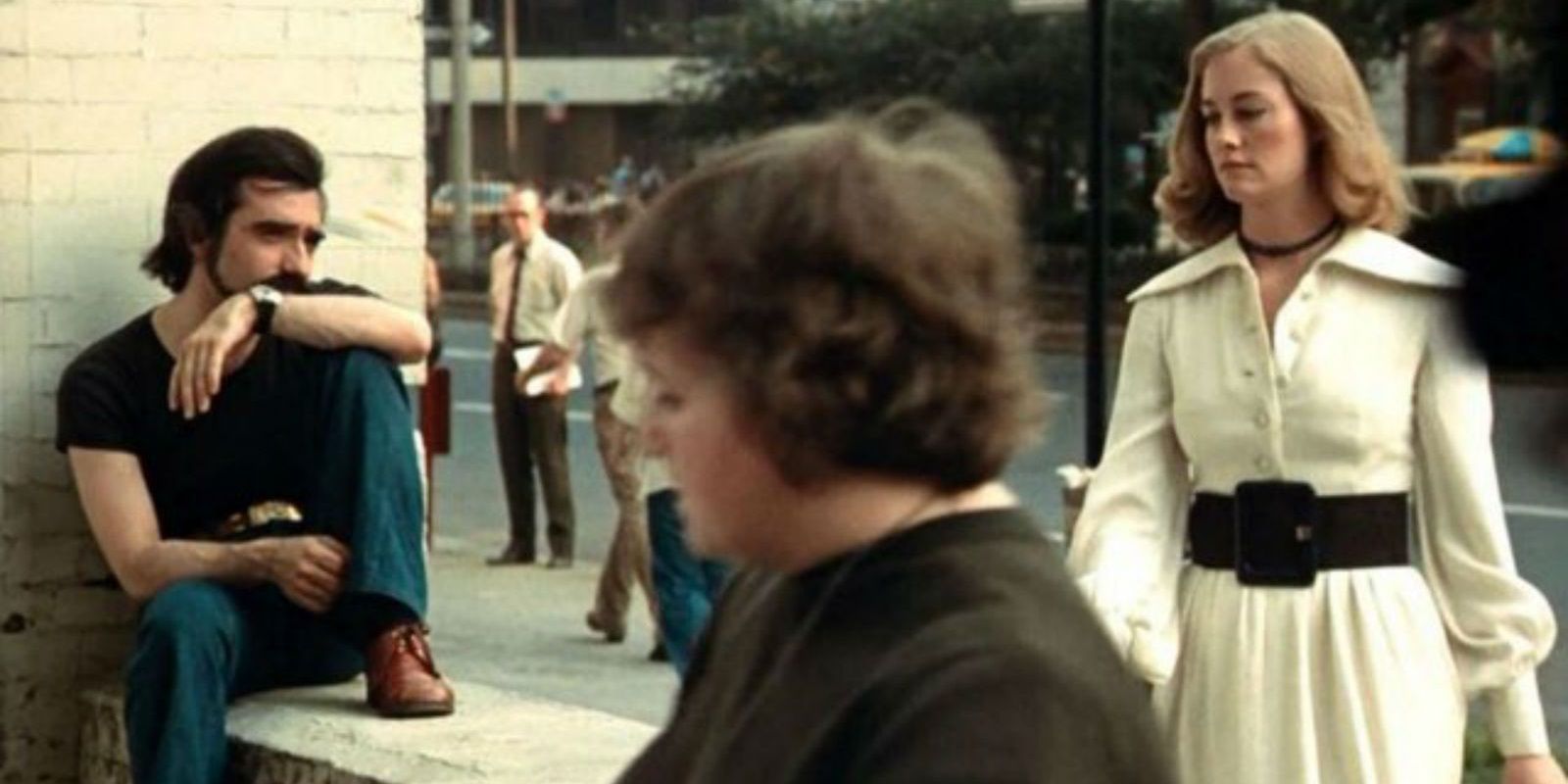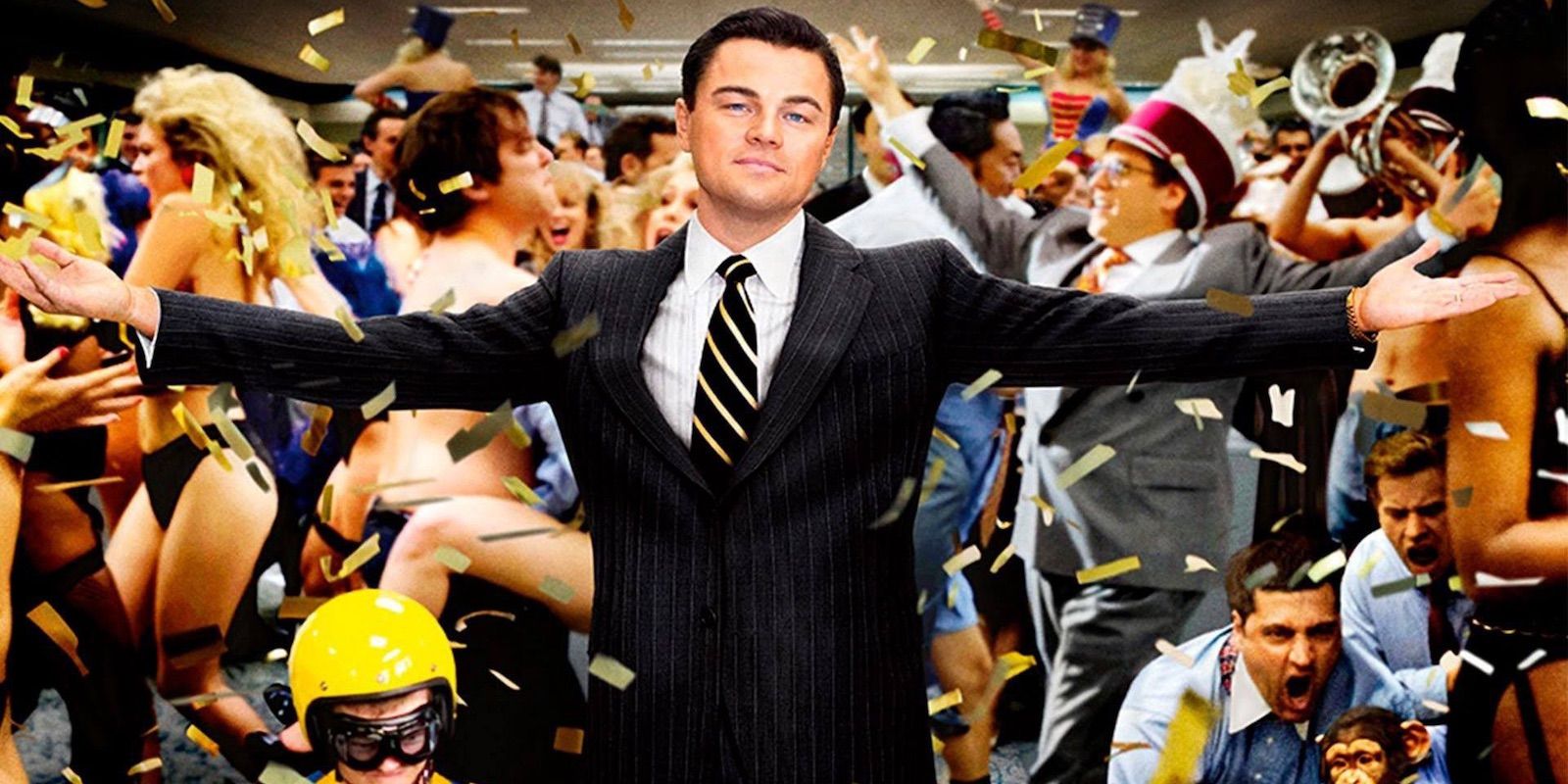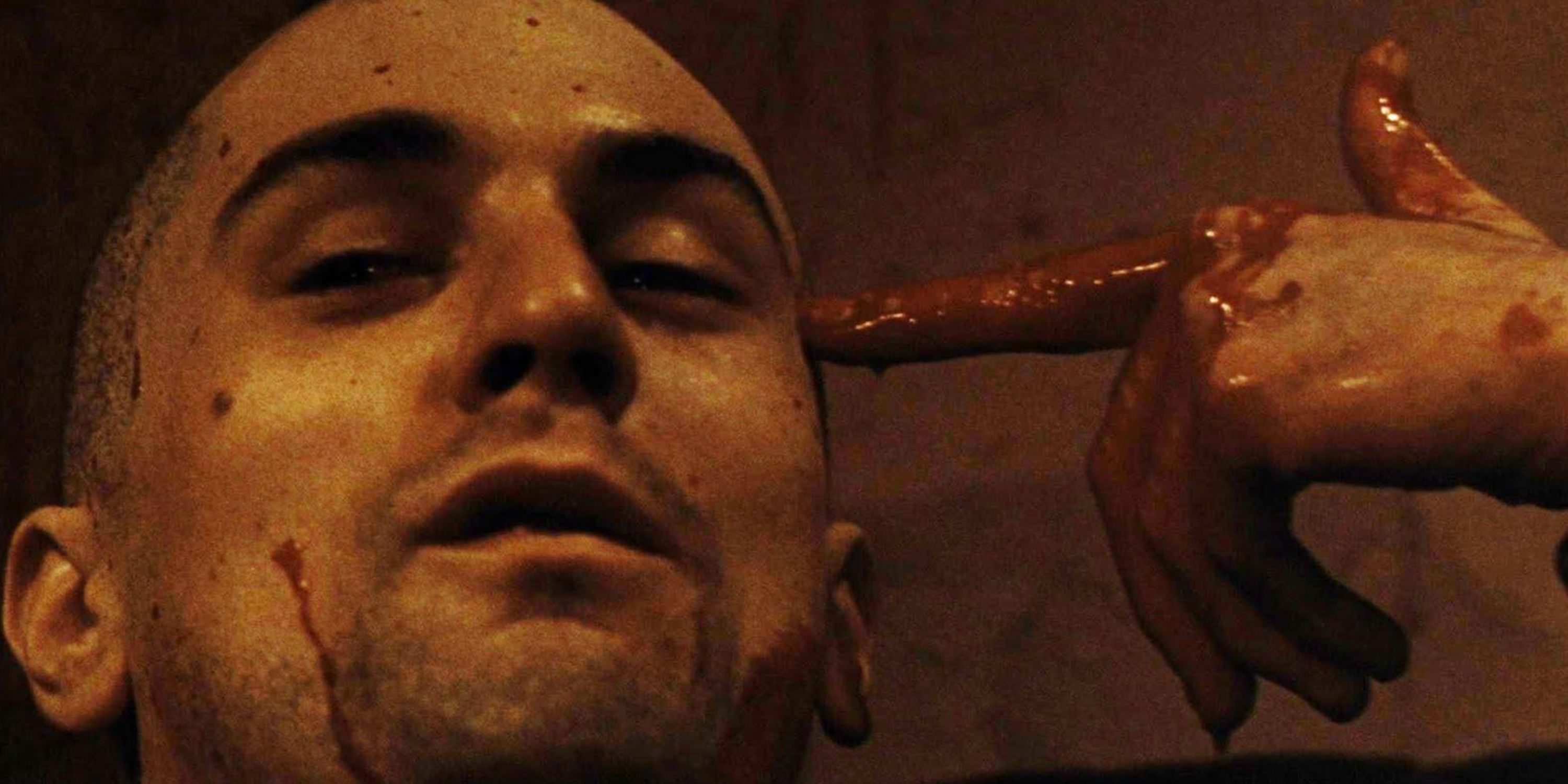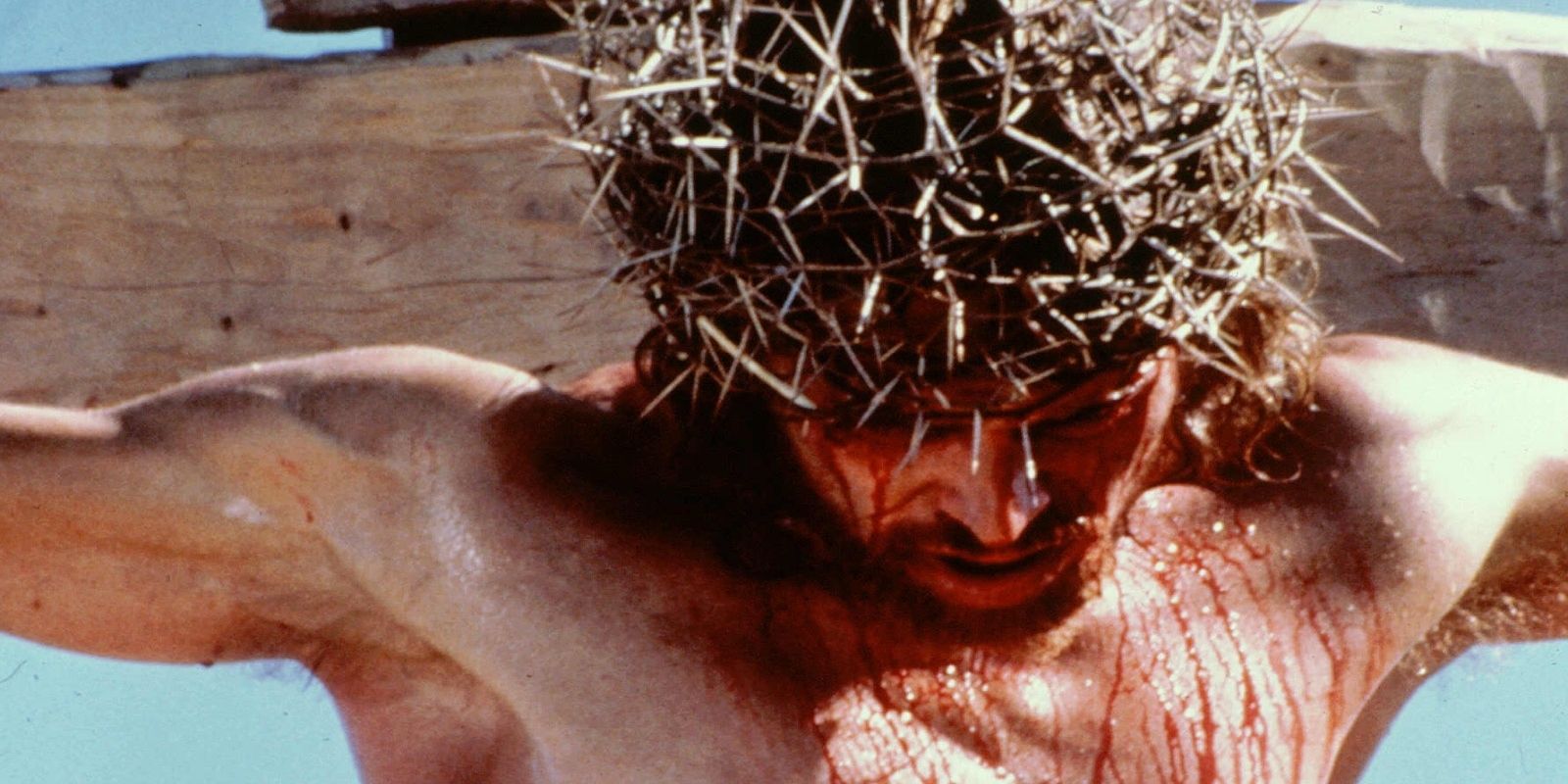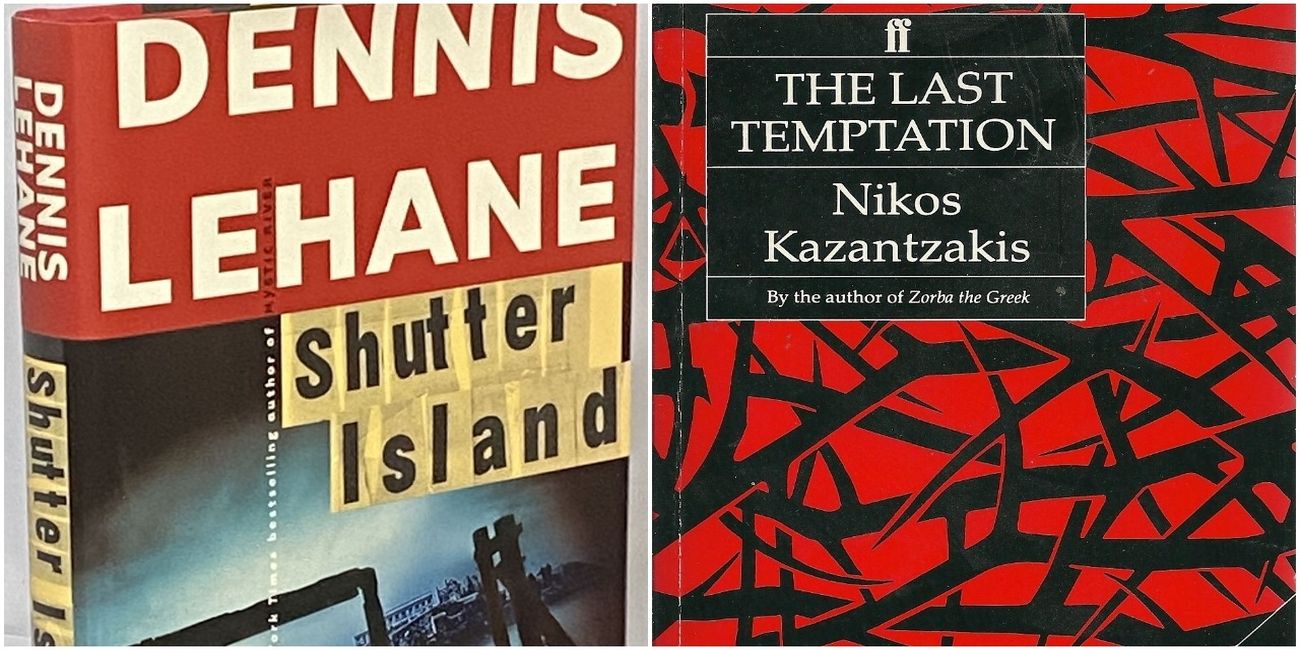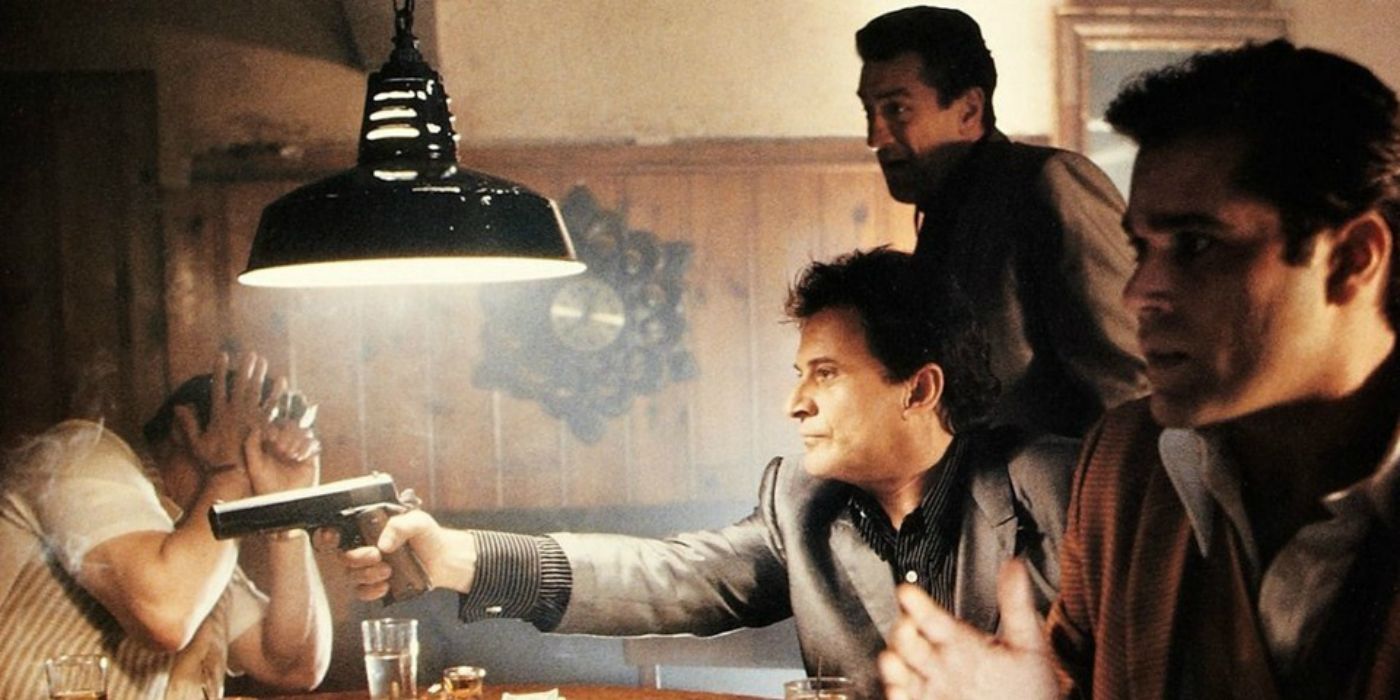Every director that one could characterize as an auteur has their unique and identifiable style, comprised of specific choices, ideas, and motifs in characters, plot, message, and of course technical aspects, that make them stand out from the rest. Tarantino, Kurosawa, the Coppolas (father and daughter), Godard, and Michael Bay (yes, he too, unfortunately) are some famous American and international names that fit under this category of filmmaker.
However, this list will be looking at a specific beloved auteur: Martin Scorsese. His deep love and knowledge of cinema and its preservation does not become evident only through his films, but also through his creation of The Film Foundation and similar projects. This list will explore some of his stylistic and thematic signatures. In other words, what makes Scorsese… Scorsese?
Robert DeNiro And Harvey Keitel In The 20th Century
Scorsese loves him some frequent collaborators. His most famous earlier one is undoubtedly Robert DeNiro with a total of ten collaborations. Three of their films together (Taxi Driver, Raging Bull, and Goodfellas) were included in the AFI's "100 Years... 100 Movies" list.
When Scorsese impressed many influential young directors with his feature debut, Who's That Knocking At My Door, Brian De Palma introduced him to DeNiro. The runner-up for that is definitely Harvey Keitel, appearing in six of his films. Others include Harry Northup (known also from short roles in The Silence Of The Lambs and The Manchurian Candidate) and Victor Argo (also known from Crimes And Misdemeanors and King Of New York).
Leonardo DiCaprio In The 21st Century
In his more recent films (with the exception of The Irishman), Scorsese found a new muse in the person of Leonardo DiCaprio. Their first collaboration was for Gangs Of New York (2002) when DiCaprio was still only 27 and enjoying his new-found fame from protagonist roles in films like Baz Luhrmann’s Romeo + Juliet, The Beach, and of course, Titanic.
DiCaprio was suggested to Scorsese from DeNiro, who acted alongside at that time 19-year-old DiCaprio in This Boy's Life, and found him impressive. Gangs Of New York went on to be nominated for 10 Oscars and won one BAFTA and two Golden Globes. They have collaborated in six films.
Rock N’ Roll Music
Scorsese adores rock music and has himself directed many documentaries related to it. From having directed a concert called The Last Waltz for The Band (no, that is their name) to documentaries about Bob Dylan and George Harrison, he has demonstrated a profound interest in both music and the crossroads between music and film. He loves to use dynamic rock and pop songs in establishing shots and violence-infused scenes. Some classic examples include House of the Rising Sun by The Animals in Casino (1995), Gimme Shelter by The Rolling Stones in The Departed (2006), and Layla by Derek and the Dominos in Goodfellas (1990).
He Loves New York… But New York Loves No One
Martin Scorsese really likes having his films set in New York and for good reason; not only was he born and raised in New York’s Queens borough, but he also studied film at NYU. What is more, New York makes perfect sense for his kind of plot and protagonists, considering they are more often than not mobsters, gangsters, or in one way or another corrupted.
That is his attitude towards New York: he loves it, but he realizes that New York is a harsh and unforgiving place, and if people want to survive, they will be forced to adapt; in other words, to be as corrupted as everyone around. He loves his city, but his city does not love its children, and he knows it.
A Beautiful Woman That Is Idealised…But Not Self-Defined
Women are there in Scorsese’s films, but they always exist as this beautiful idea for our protagonist to aspire to or to have as a kind of motivation. They do not greatly vary in personality or character; they are definitely smart and have their strengths, but in an impersonal sort of way (they are also likely to be blond).
While Scorsese has shown immense talent in character development, his female characters are underdeveloped. This becomes evident throughout his career, from early features like Taxi Driver, with the characters of Betsy and Iris, to later features like The Departed and Shutter Island, where women barely feature, and especially in The Wolf Of Wall Street, where Jordan Belfort’s wife, Naomi, is just another prized possession in his lavish, capitalist dream (it can be argued that that’s the point, but women are still used as means).
The Protagonist Is A Criminal, An Anti-hero, And/Or Deeply Flawed
Not only that, but they also make us profoundly uncomfortable by being our point-of-view into the film. There are many protagonists in various films that are criminals, it’s true. But still, they are charming, suave, likable (or, at least, the writers try to make them be). When Scorsese makes a protagonist, it feels like he is breaking a pact between himself and the audience: he makes people identify with a protagonist who has no saving grace; he is extremely flawed.
He is so realistically human that he is worse than the average human. From Travis Bickle (DeNiro in Taxi Driver) to Jake LaMotta (DeNiro in Raging Bull) and Jordan Belfort (DiCaprio in The Wolf Of Wall Street), Scorsese’s protagonists are not exonerated.
There Is (Hyper-aesthetic) Violence… But Violence Is Not The Answer
Scorsese loves to show his audiences violence only to subvert the whole thing by the end. Perhaps violence is brilliant as an aesthetic and/or a metaphor (he would be the first to attest to that), but it does not provide a solution (maybe only a superficial one) to the deep-seated and complicated problems of his protagonists.
His films are tragedies and his protagonists tragic heroes that are condemned by both the inherited curse or “the sins of the fathers” and by their own acceptance of those sins, their continuation of them; in other words, their own tragic flaws and mistakes. And by trying to handle their issues through physical (and psychological) violence, they inadvertently provoke the fate they were trying to prevent.
Catholic Guilt And Religion
Scorsese often makes his protagonists religious and sinful, sufferers of the original sin (being born in a life of crime or corruption), but he so often takes away their chance at redemption that he simultaneously re-enforces and subverts the idea of Catholic guilt. If redemption is so unattainable, then why even bother trying? But Scorsese does not imply that it is universally unattainable, just that his characters are too far gone down the wrong path.
So, his films that are a failed spiritual and development journey for his protagonists become a successful journey for his audience, a sort of cautionary tale. Scorsese also identifies cinema itself as salvation, or perhaps as a redemptive means: over film fans can observe the world more lucidly, including the futility of bloodshed, which may otherwise appear alluring.
A Very Likely Book Adaptation
A lot of his movies (or, to be fair, most of them) are based on books, and quite a few of them are biographies: Gangs Of New York, Shutter Island, Raging Bull, The Aviator (based on Howard Hughes: The Secret Life), The Last Temptation Of Christ et cetera. If one can name a Scorsese film, it will probably be an adaptation.
Few argue that he lacks the pure originality to write his own scripts, but that could not be further from the truth. Apart from saving beautiful books from undeserved obscurity, he also adds his unique angle and style to them, making his movies proper but ultimately independent adaptations of books.
Italian And Irish mobsters, Gangs, And Criminals
Having grown up in Little Italy and during an era when the various Mafias and gangster squads were still very powerful and relevant, Scorsese’s obvious influences by his environment and times were inevitable. The Irishman itself is both a call-back to the golden age of organized crime and also a tribute to the now declining genre of the gangster film itself.
That is why it was such an appropriate and artistically brilliant choice to have the film be narrated in a flashback by an older Frank Sheeran (DeNiro): he remembers his days of glory, while simultaneously realizing that he sacrificed the potential of happiness in his latter days for a fleeting sense of grandeur in his youth. A regret for mistakes that cannot be amended: that is possibly the predominant lesson of Martin Scorsese.

